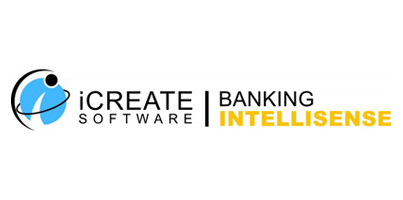If you’ve been around the internet startup world for long enough, you’ve probably engaged in the user-customer debate at least once. Who’s the user? Who’s the customer? Who should we be focusing on?
I’m going to start off a series of posts talking about the basic elements of Platform Thinking and this being the first, I’d like to talk about the User-Customer debate since that lies at the very heart of how we think about the design of internet businesses.
If we put on the Platform Thinking lens, we essentially do away with the user-customer debate and replace it with a more fundamental view of how your business functions. Here’s how:
Most internet businesses can be viewed as a platform on which value is created and consumed. E.g. YouTube.com is a platform on which video up loaders create value and viewers consumer value. With that in mind, let’s move on…
Who’s the user?
Quite simply, the user is anyone who uses the product. Now that doesn’t help us too much, so let’s break that down a little.
A user may perform one of two roles:
Producer: Someone who creates supply or responds to demand. If you think of YouTube, whenever a user adds a video, he’s acting in a Producer role, creating supply. A person answering a question on Quora is a producer, responding to demand.
Consumer: Someone who creates demand or consumes supply. A video viewer is a consumer on Youtube. A question asked on Quora (as well as others viewing the question and answers) is playing a consumer role.
Note that these are roles, not user segments. If you think of eBay, the sellers are the producers and the buyers are the consumers so we have two distinct segments. But on Twitter, every time you tweet, you are in a producer role, and if you start reading your tweet stream the next second, you’ve moved to consumer mode.
Splitting the term ‘user’ into these two roles helps us understand the exact motivations and actions for the user while using the product.Understanding the motivations and actions helps us design tools that enable the users to perform these actions instead of loading the product with features.
Most products have more than one producer or consumer role. E.g. On LinkedIn, professionals using LinkedIn are producers and consumers of interactions and status updates, thought leaders are privileged producers and recruiters are producers of job listings and consumers of relevant user profiles.
This brings us to the third party in the debate…
Who’s the customer?
As in the offline world, the customer is someone who pays. The customer may not be part of the central demand-supply equation. The sole defining criterion for a customer is that the customer pays money to the business.
The customer may be:
- The producer: e.g. Vimeo. Video up loaders can pay for premium features.
- The consumer: e.g. New York Times. Readers pay to access news
- Someone else: e.g. Facebook. The advertiser is the customer
Again, multiple parties may be customers. On LinkedIn, we have users (who play both consumer and producer roles) as customers as well as advertisers and recruiters.
To summarize:
- Every internet business has three distinct types of roles: Producer, Consumer and Customer
- There may be multiple roles of each type on every business
- Producers create supply or respond to demand
- Consumers create demand or consume supply
- Customers pay
A few quick examples:
Zappos.com
Producer: Zappos.com itself is the producer; sourcing shoes and creating supply.
Consumer: Users browsing and buying on the storefront.
Customer: The segment of consumers actually buying shoes.
AirBnB
Producer: Hosts, Review Writers
Consumer: Travelers, Review Readers
Customer: Technically, the hosts are the customers since they forgo a cut of the transaction and share it with AirBnB
Yelp
Producer: Yelp (creates listings), Review Writers
Consumer: Consumers in the city, Review Readers
Customer: Merchants that advertise
The New York Times
Producer: The New York Times
Consumer: Readers
Customer: Readers, Advertisers
I’d love to hear your thoughts. This is the first in a series of posts where I intend to share the essential tenets of Platform Thinking and how to use it to design internet businesses. Feel free to leave your thoughts below.
Note: This article was first featured on Sangeet’s blog, Platform Thinking (http://platformed.info). Platform Thinking has been ranked among the top blogs for startups, globally, by the Harvard Business School Centre for Entrepreneurship.















